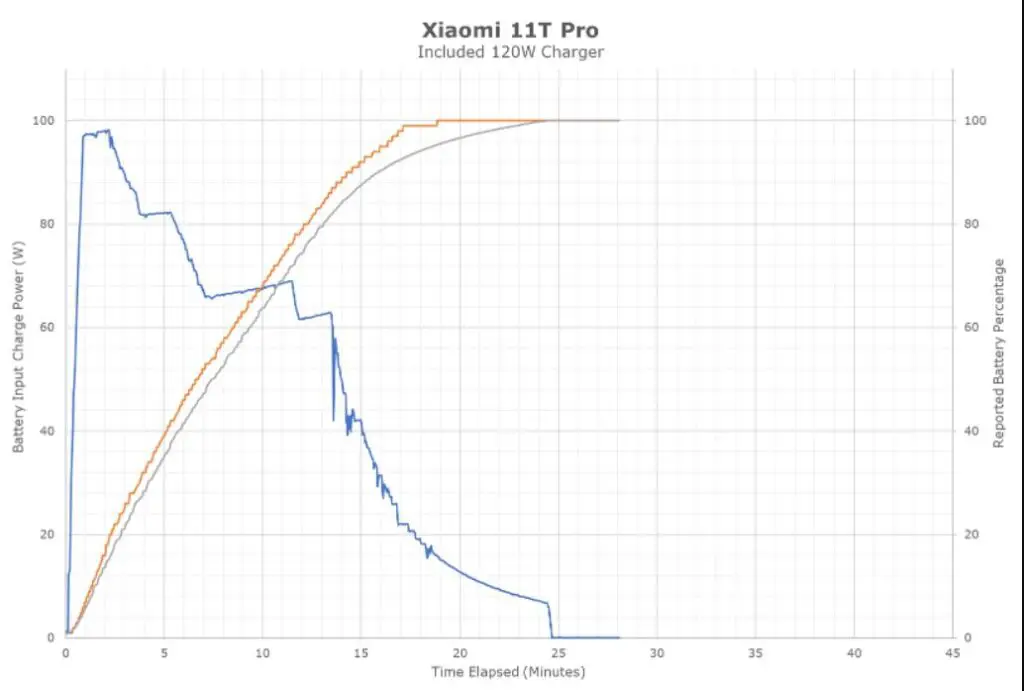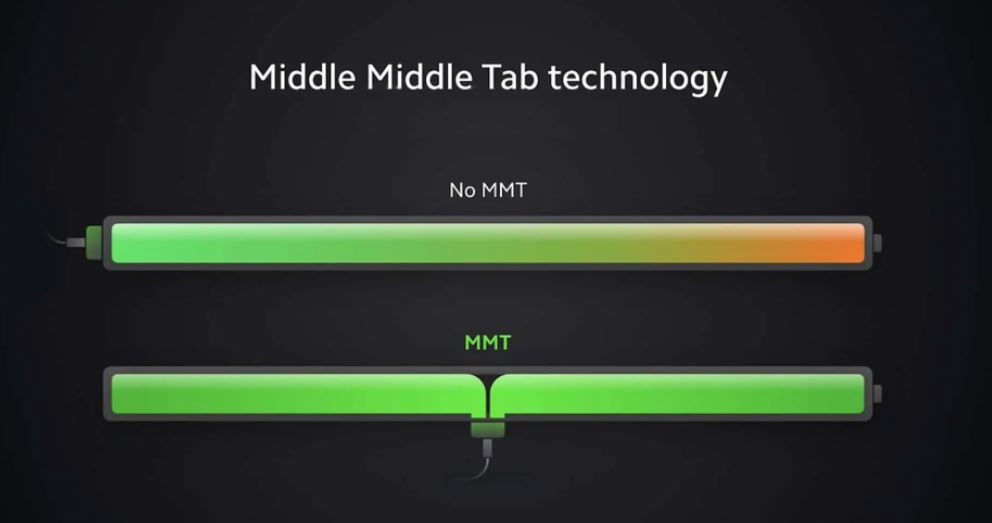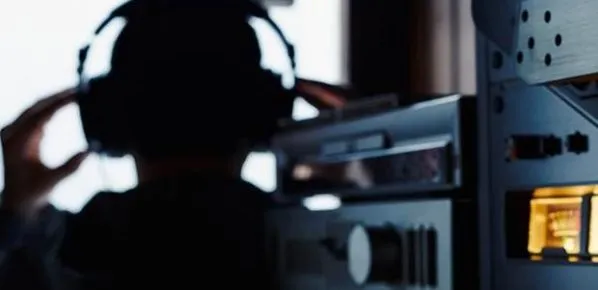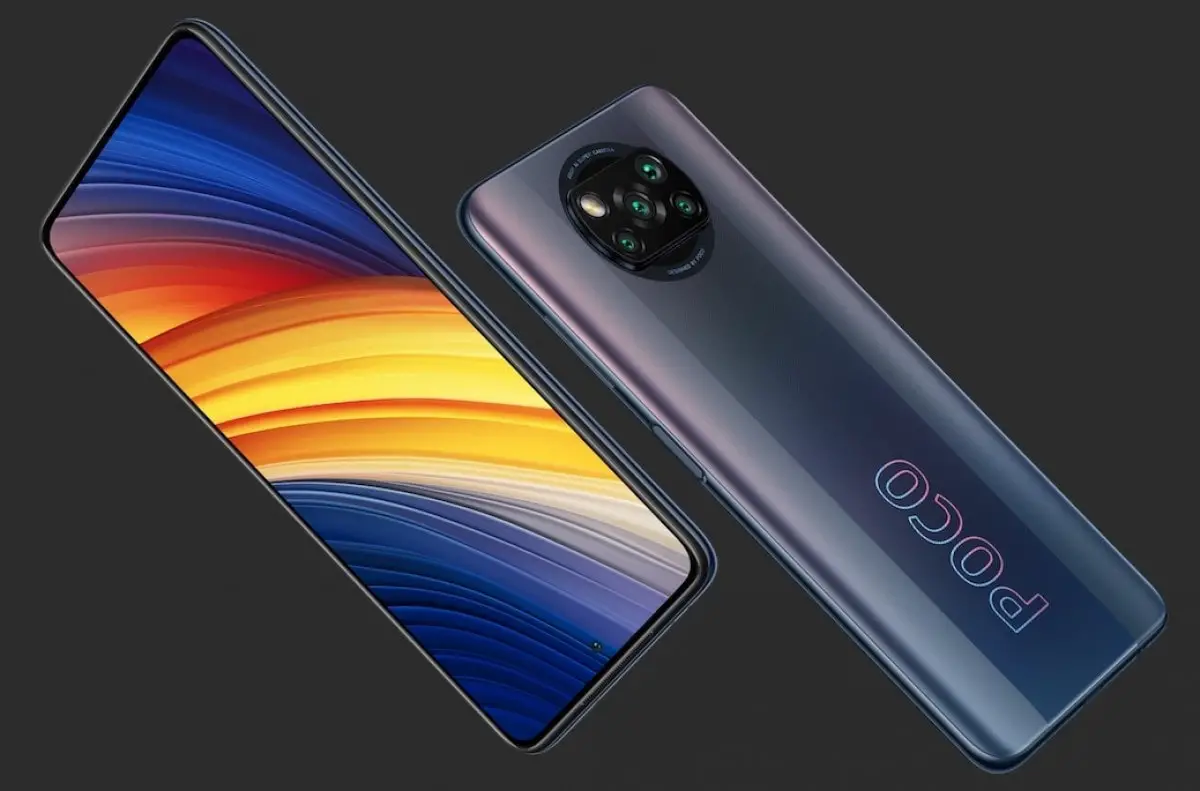More power, more heat: Fast charging is definitely a challenge for mobile phone batteries. In some cases, fast charging can harmful for your smartphone but there are solutions.
The quick charge function is undoubtedly one of the most popular trending features of modern smartphones. Understandable, because during the day it’s more than practical if you don’t have to wait an eternity to fully charge.
The whole thing has now gone so far that there is a real competition among manufacturers as to who can deliver the best and most powerful charging technology. Xiaomi holds the current record with an unbelievable charging power of 120 watts – you can fully charge your cell phone in under 20 minutes .
What actually sounds very tempting is increasingly worrying many smartphone users. Because can that still be healthy for the cell phone battery? A legitimate question, which we will address in this article. Read what causes fast charging to your phone and whether or not it can actually ruin the battery.
This happens during the loading process
All modern smartphones use either lithium ion batteries or lithium polymer batteries (LiPo batteries for short). However, the cell chemistry is the same for both: There is a negative electrode (cathode), a positive electrode (anode) and electrolytes.
The energy that powers a cell phone is created when the negative lithium ions flow through the electrolytes to the positive side. If the battery is empty, this flow stops. During the charging process, the lithium ions are moved back to the negative side so the cycle can start over.
The charging process is not exclusively linear, because rechargeable batteries work like a kind of sponge: they absorb most of the energy when they are empty and absorb less when they are almost full. So the closer you get to saturation, the more inefficient the charge and the flatter the charge curve. The charging voltage, on the other hand, starts at maximum power and then drops relatively quickly.

Problem: Cell phone batteries deplete
Whether fast charging or not: all batteries wear out over time. This is because the flow of lithium ions always gives off some heat, to which the chemical processes are very sensitive. For this reason, you should not plug in your mobile phone when the battery is still relatively full, because the more heat is released when charging is inefficient.
Note: This natural wear can even be seen on iPhones. Under Settings > Battery > Battery status you will find a percentage of the maximum battery capacity that is still available.
Heat is therefore the main reason why batteries break down. Many users see this problem when it comes to “quick charging” because the more current flows into the battery, the more excess heat is generated. In the event of acute overheating , it can even happen that the electrolytes crystallize and the ion current between the electrodes fails completely. But – and this is the crux of the matter – manufacturers know this, of course . That’s why there are a number of important precautions to prevent rapid charging from generating more heat than normal.
Fast charging requires new technologies
In recent years, a wide variety of fast charging standards have been developed in order to increase the transmission capacity of the power supplies.
For example, Qualcomm’s Quick Charge protocol, which enables charging with around 30 watts, is widespread, as is OnePlus ‘ Warp Charge 30 technology (Warp Charge currently achieves 65 watts). Another standard, for example, is VOOC Flash Charge from Oppo, which also uses Warp Charge technology on OnePlus since the two companies have belonged to one group.
The new OnePlus 10 Pro currently comes with VOOC technology, which makes a whole 85 watts possible. Other standards include USB Power Delivery, Adaptive Charge (Samsung) or TurboPower (Motorola).
There are now several ways and options to protect cell phone batteries. The most common solutions include:
- Power supply with integrated energy management
- Parallel loading
- Additional cooling hardware
Many smartphones with fast charging feature come with power adapters that have integrated circuits . These ensure that the thermal energy can escape before it gets near the phone. The disadvantage of this solution is that the adapters are often larger than usual.
Another possibility is parallel charging. The idea is simple: instead of sending all of the current into a single battery cell, it is divided into two parallel cells. This solution is used, for example, in Xiaomi’s new HyperCharge technology . The downside of this charging technology is a slightly lower total capacity, simply because the volume of two battery cells including the housing and hardware takes up more space.

Cooling hardware is always a solution to regulate heat development. The better the cooling system, the more current can flow into the device without overheating it. There are plenty of options: heat shields, vapor chambers, even entire fans (especially on gaming smartphones) are used to protect the batteries from excessive temperatures.
So which brings us back to the original question: does fast charging kill cell phone batteries or not? Do the listed solutions work? How quickly does a battery have to degrade to be considered “ruined”? There are even official industry standards for the latter: With its 11T Pro (with 120 watt fast charging), Xiaomi guarantees that 80 percent of the original battery capacity is still available after 800 full charging cycles. Apple promises a capacity of 80 percent after at least 500 charging cycles.
And there’s Oppo. At the beginning of February, the Chinese manufacturer presented two new fast charging standards that break all previous limits: the 150 W SuperVOOC and the 240W SuperVOOC technology. The former is to be used in the new flagship Find X5 Pro+ – with 80 percent battery capacity after a whopping 1600 charging cycles.
Conclusion: Does fast charging ruin a phone battery or not?
Without long-term studies, it is not possible to give a definitive answer, but so far everything indicates that fast charging does not accelerate the normal wear and tear of a battery. But it is also a fact that fast charging generates more heat due to the higher wattage, from which the phone must be protected.
To do this, the manufacturers use various measures aimed at improving energy management – be it through optimized power supplies, parallel charging or smart hardware and sensors to regulate temperature fluctuations.
The users themselves actually have the greatest influence on battery life. Here are the most important quick tips on how to keep your cell phone battery fit longer:
- If possible, always charge with a cable, even if your phone offers inductive charging.
- Avoid complete discharges. The optimal battery level is in the range of 20 to 80 percent.
- Do not charge your battery when it is relatively full (over 60 percent).
- Avoid extreme temperature fluctuations, whether hot or cold.
- Always use the charging accessories (power pack, charging cable) supplied by the manufacturer.
- Don’t charge your phone when performance-intensive apps or games are running.
- Don’t leave your phone plugged in longer than necessary when the battery is fully charged.




